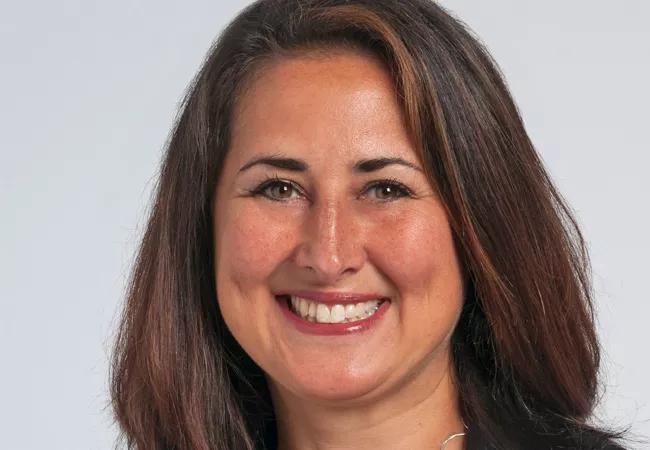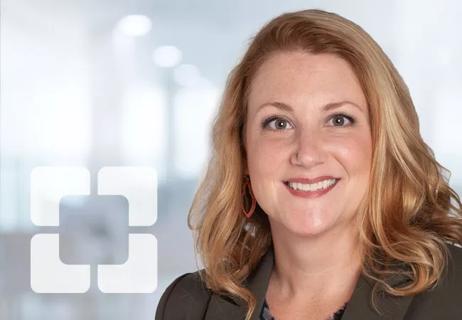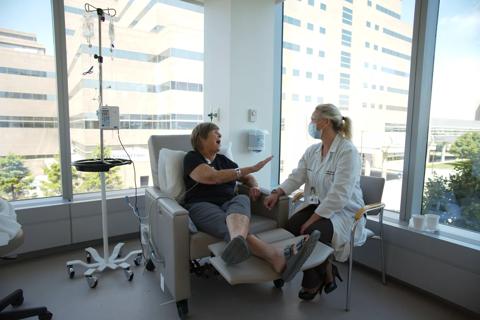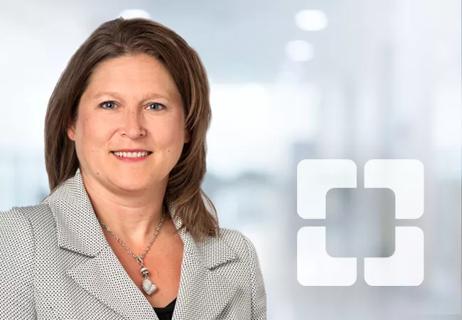Care coordination and the future of population health

No doubt, population health is a trending priority in healthcare today. Many organizations, Cleveland Clinic included, rank population health initiatives high on the strategic agenda in an effort to encourage healthier populations and distribute healthcare in a way that better leads to outcomes improvement for varying populations or population groups.
Cleveland Clinic is a non-profit academic medical center. Advertising on our site helps support our mission. We do not endorse non-Cleveland Clinic products or services. Policy
With more than 25 years of healthcare leadership experience, Kristine Weiss Adams, MSN, CNP, Cleveland Clinic’s associate chief nursing officer (ACNO) of care management and ambulatory services, is very familiar with the benefits of population health initiatives.
Each day, she leads and coordinates system-wide nursing practice within Cleveland Clinic’s ambulatory and home care areas. One of her key priorities is population health management and another is comprehensive care coordination – and Adams says the two go hand in hand.
With the recent celebration of National Case Management Week, there is no better time than the present to take a closer look at these two important areas of healthcare. In the following Q&A, Adams shares her thoughts about care coordination, the future of population health management, and how refinements in care management and transitions of care are resulting in population health improvements.
Q: What are some of Cleveland Clinic’s most common initiatives in care coordination?
A: At Cleveland Clinic, we are focused on safe, tight transitions from one level of care to another. One of our most stringent requirements in ensuring successful care coordination is the handoff process that occurs between levels of care. Within our health system, this process is conducted between two caregivers – not simply by way of an electronic device. We believe there are many times when the complexity and nuances of the needs of patients can only be communicated through an actual phone or face-to-face conservation.
Q: How can transitions of care processes like proper caregiver handoffs improve population health and the patient experience?
A: Having tight, caregiver-to-caregiver transitions can successfully bring the caregiver who is receiving the patient up to speed on any complex medical and social needs the patient may be experiencing. This reduces the time it takes for the patient to receive his or her needed service and, ultimately, helps improve the patient’s health.
Without doubt, care transition processes are vital to keeping patients and communities healthier. At Cleveland Clinic, we continually aim to keep patients within our network to maintain transparency in the electronic medical record so we can streamline care and avoid duplication of services and testing. One of the greatest concerns in transitioning care is fear of “leakage,” which is when patients leave one network or system for care in another network or system.
For instance, say a patient is cared for in one of our 10 regional hospitals, but upon discharge receives services from a private home care agency. When this happens, cost of care often rises and the transition of care becomes less efficient. For example, tremendous administrative burden is required to track down laboratory or test results in an effort to avoid the need to re-test. And if tests do need to be repeated, chances are the patient’s insurance company won’t cover a second round of testing so patient cost increases. Additionally, when patients transfer networks or systems, the ability for a caregiver to effectively read a seamless and thorough patient history and care documentation record becomes more difficult, potentially increasing errors and compromising patient safety.
Q: What kind of results is Cleveland Clinic’s nursing organization seeing in terms of how care coordination is positively impacting population health?
A: The nursing profession – with its roots in wellness, prevention and patient education – is uniquely suited to lead proper care coordination initiatives to improve patient and community health. Within Cleveland Clinic’s Stanley Shalom Zielony Institute for Nursing Excellence, we are finding that good care coordination is having a resounding impact on our high-risk and rising risk patients.
Through a robust, metric-driven care coordination program, we are seeing better patient outcomes, while also decreasing utilization of expensive services. For example, because of improved primary care coordination, in 2016, patient utilization of services decreased by:
Q: Similarly, how are Cleveland Clinic’s current population health initiatives impacting long-term patient care?
A: As any healthcare leader will tell you, it takes time to see the outcomes of population health management. It can be very difficult to measure what doesn’t happen, especially in the short term. Data must be followed over a certain course of time – sometimes years – to actually see the impact of care. However, at Cleveland Clinic, we are continually implementing processes to measure long-term progress. For starters, we have been a part of an Accountable Care Organization (ACO) for several years. Additionally, we actively track the health of our own employees through our Employee Health Plan. Through these two experiences alone, we have learned that if you prevent disease, you will obtain better patient outcomes and lower the overall cost of care.
Q: What considerations should healthcare leaders make when looking at future population health management?
A: The future of population health management involves shifting our thinking as a nation from “disease care” to true healthcare and prevention, which includes changing the culture of our communities to one in which wellness becomes the best patient outcome. When looking to future population health management, there are several tenants healthcare leaders should have in place.
First and foremost, leaders need to ensure community members have access to a primary care structure that is adequate and multi-faceted – including telemedicine, express care, same-day care, and walk-in services. Additionally, to effectively meet population needs, primary care practices should have support from nursing, pharmacy, social work, nutrition, specialty care, behavioral health, physical and occupational therapy, and health coaches. Leaders also need to implement a structure that uses predicative analytics and real-time data and metrics to identify high-risk and rising risk populations and track patient outcomes.
If interested, Adams is happy to share more on population health management and care coordination. She can be contacted at 216.509.1818 or kradam@ccf.org.

Amanda Clark uses leadership skills to improve local healthcare access, mentor colleagues

Caregiver thrives despite the challenge of profound hearing loss

Mercy Hospital welcomes new chief nurse

New Lutheran Hospital CNO values quality and evidence

Nurse practitioner is a big believer in patient-caregiver collaboration

Leadership sectors include APRN and nursing quality

Fast-paced nursing environment full of reward

Experienced nurse leader Shannon Pengel appointed